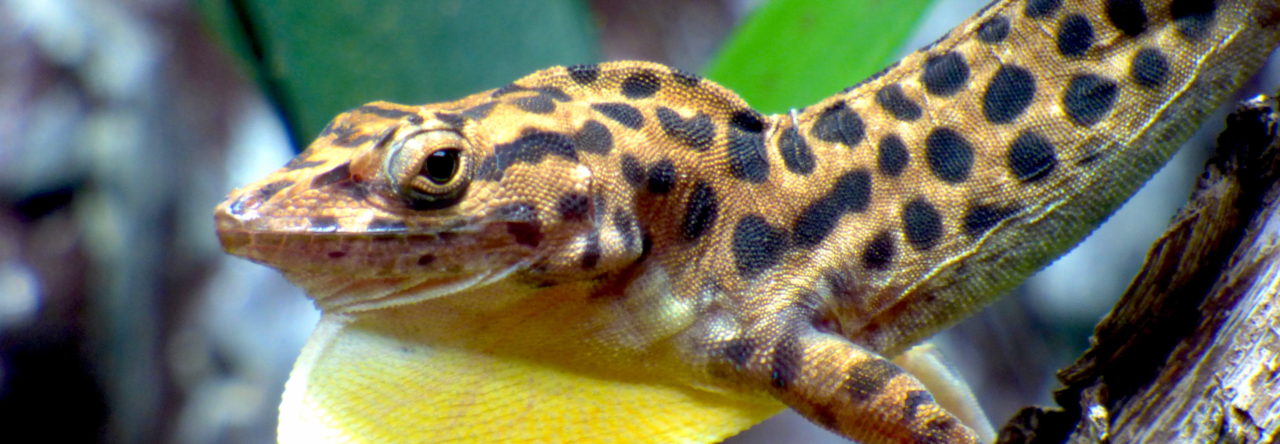A cobra in the Caribbean? No, the Hispaniolan brown racer, Haitiophis anomalus. As AA contributor Miguel Landestoy reports in the September issue of IRCF Amphibians & Reptiles, more than half of all prey consumed by these snakes were anoles (Miguel: which species?). The article is a comprehensive overview of the natural history of this little known species, including much data newly collected by the author.
Latest posts by Jonathan Losos (see all)
- Evolution in Real Time on Lizard Island - March 23, 2025
- Spider Snags Adult Anolis osa - March 22, 2025
- An Homage to the Green Anoles of New Orleans - March 21, 2025



Miguel Landestoy
Hola Jonathan,
The study (Henderson 1984) which results dropped that Anolis consisted in more than half of prey items was based on 8 species of West Indian dipsadids (“colubrids”) excepting Haitiophis anomalus. There was one unidentified Anolis found in a subsequent examination of preserved snake specimens (Henderson and Sajdak 1996).
Being these racers (large WI species) mostly active foragers and spending much or all time on the ground, I wanted to check on the capability of H. anomalus to “hunt” a reasonably large arboreal Anolis, so I thrown a live A. baleatus I had in captivity (yes, sorry, but it was for the sake of science), which was eaten (though not documented). However, arboreality seem more common than we thought in Haitiophis, although we don’t know if it actually forages for food in trees. It is to expect that Trunk-ground Anoles, specially those of xeric areas of its range (A. whitemani, A. longitibialis) may consist in a common preyed species.
P.S. Please see references in the note (link added in original post).
Harry Greene
Now here’s another mystery…why do some of these Caribbean racers spread a hood? One could say, “because they’re xenodontines,” and indeed some Liophis et al. do dramatically flatten the entire body when disturbed. But sometimes, as in the image from Hispaniola above, the display really does particularly resemble that of an Old World cobra. Huh?
Peter Mudde
because it works?
Miguel Landestoy
Just another case of convergence? Yes, it seem to work, but I wonder against which natural diurnal predators… I doubt that would work for a hawk specially when it may be a surprising attack coming from air probably without the snake even realizing what happened, unless they battle on ground.
I had to run when I wrote the first comment; I am aware that giving a captive lizard to a captive snake is not the same conditions as in a natural setting, but could give you clues.
The Henderson (1984) diet study was actually on 8 Hispaniolan(*) dipsadids, not West Indian.
Rich Glor
Very cool snake!